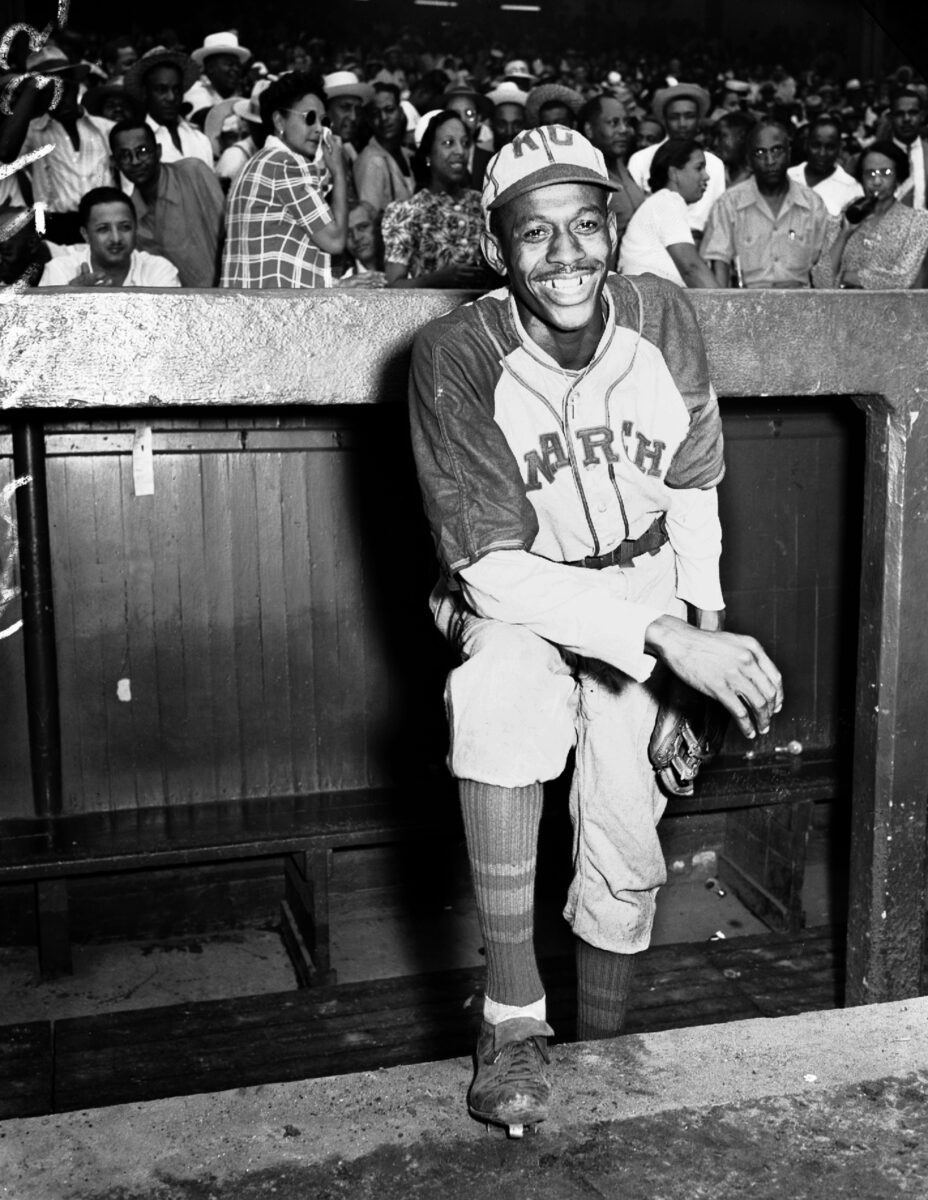



The legacy of the Negro Leagues is enshrined not just in American history but in Cooperstown, where dozens of players and executives from the seven major Negro Leagues have been inducted into the National Baseball Hall of Fame.
These trailblazers include Bud Fowler (2002), Jackie Robinson (1962), Larry Doby (1998), Roy Campanella (1969), Effa Manley (2006), Willie Mays (1979), Rube Foster (1981), Monte Irvin (1973), Josh Gibson (1972), Satchel Paige (1971), Buck Leonard (1972), Buck O’Neil (2022), Cool Papa Bell (1974), Turkey Stearnes (2000), Judy Johnson (1975), Oscar Charleston (1976), Martín Dihigo (1977), Pop Lloyd (1977), Ray Dandridge (1987), Leon Day (1995), Bill Foster (1996), Willie Wells (1997), Bullet Joe Rogan (1998), Cumberland Posey (2006), Hilton Smith (2001), José Méndez (2006), Ray Brown (2006), Willard Brown (2006), Andy Cooper (2006), Biz Mackey (2006), Pete Hill (2006), Alex Pompez (2006), Louis Santop (2006), Mule Suttles (2006), Cristóbal Torriente (2006), J.L. Wilkinson (2006), Sol White (2006), Ben Taylor (2006), Frank Grant (2006), and Jud Wilson (2006).
Their presence in Cooperstown confirms just how deeply the Negro Leagues shaped the sport as we know it.
The history of baseball as a global sport stretches back more than 140 years. Major League Baseball was formally launched in 1876, but its roots can be traced to the National Association of Base Ball Players, which governed the sport in its early professional era.
One of the earliest international figures was Esteban Bellán of Cuba, who played for the Union of Morrisania franchise in 1868. Bellán became the first Latino-born player in organized professional baseball.
The NABBP operated from 1871 to 1875 and included teams that laid the groundwork for what would become MLB franchises. These early teams helped map the landscape of professional baseball.
Boston – Boston Red Stockings (1871–1875)
Chicago – Chicago White Stockings (1871, 1874–1875)
Forest City – Cleveland Forest Citys (1871–1872)
Kekionga – Fort Wayne Kekiongas (1871)
Mutual – New York Mutuals (1871–1875)
Athletic – Philadelphia Athletics (1871–1875)
Forest City – Rockford Forest Citys (1871)
Troy or Union – Troy Haymakers (1871–1872)
Olympic – Washington Olympics (1871–1872; 1875)
Atlantic – Brooklyn Atlantics (1872–1875)
Eckford – Brooklyn Eckfords (1872)
Lord Baltimore – Baltimore Canaries (1872–1874)
Mansfield – Middletown Mansfields (1872)
National – Washington Nationals (1872; 1875) Washington Blue Legs (1873)
Maryland – Baltimore Marylands (1873)
Philadelphia – Philadelphia White Stockings (1873–1875)
Resolute – Elizabeth Resolutes (1873)
Hartford – Hartford Dark Blues (1874–1875)
Centennial – Philadelphia Centennials (1875)
Elm City – New Haven Elm Citys (1875)
St. Louis – St. Louis Brown Stockings (1875)
St. Louis Reds – St. Louis Red Stockings (1875)
Western – Keokuk Westerns (1875)
More information and player statistics from all seven Negro Leagues can be found in the official database at Seamheads.
Kansas City Monarchs pitching great Leroy Satchel Paige poses in the dugout at New York’s Yankee Stadium August 2, 1942 for a Negro League game between the Monarchs and the New York Cuban Stars. Paige was considered a top prospect for the major leagues after baseball’s commissioner ruled that there were no provisions barring players of color from the majors. (AP Photo)